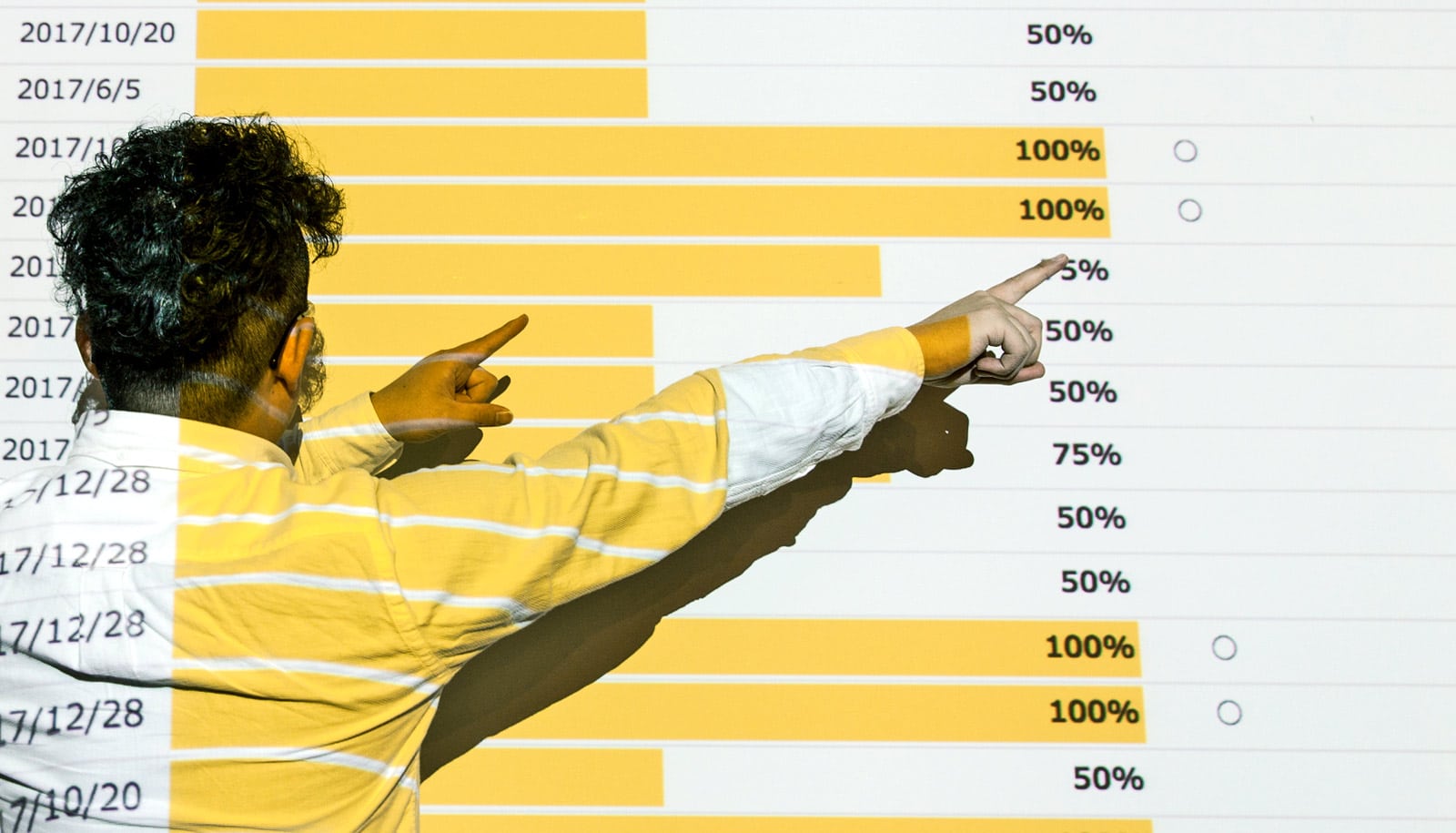Using statistics to inform the public about racial disparities can backfire. Worse yet, it can cause some people to be more supportive of the policies that create those inequalities, according to new research.
“One of the barriers of reducing inequality is how some people justify and rationalize it,” says Rebecca Hetey, a psychology researcher at Stanford University. “A lot of people doing social justice work wonder why attitudes are so immune to change. Our research shows that simply presenting the numbers is not enough.”
If raw numbers don’t always work, what might?
In a new research paper published in Current Directions in Psychological Science, Hetey and psychology professor Jennifer Eberhardt propose strategies anyone could use to talk about racial disparities that exist across society, from education to health care and criminal justice systems.
Facts should come along with context that challenges stereotypes, the researchers say, noting that discussions should emphasize the importance of policies in shaping racial inequalities.
Misunderstood findings
The new paper builds on research Eberhardt, Hetey, and colleagues have conducted over several years about the role of race in policing and in the criminal justice system more broadly. In a 2017 study, the researchers worked with the Oakland Police Department and found that, although Oakland officers are professional overall, they spoke less respectfully to black residents than to their white counterparts.
“Stripped of context, standalone statistics may simply be used as ‘evidence’ of the stereotype that blacks are prone to criminality.”
“We are working hard to better understand the sources and consequences of this racial disparity in language use,” Eberhardt says.
In 2014, the researchers also found that white Americans did not show support for criminal justice reform after being informed of statistics about racial disparities in prisons. Although nearly 40 percent of the prison population is African-American, blacks make up only 13 percent of the US population. Instead, the study participants became more supportive of punitive policies like California’s Three Strikes law and New York City’s stop-and-frisk policy. As the researchers pointed out, these laws disproportionately affected people of color and contributed to the United States having the largest per-capita prison population in the world.
When that research was first published, Hetey and Eberhardt noticed how their findings sometimes were misunderstood.
“Some people concluded that we should stop talking about race and inequality at all,” Hetey says. “And that is not the answer here. The fact is that race matters, and stereotypes can be very powerful.”
Ways to improve
Hetey and Eberhardt encourage providing context alongside statistics.
For example, they said it might backfire to only say that 60 percent of traffic stops made in Oakland, California, were of African Americans. They suggest providing other background information, like the fact that African Americans make up 28 percent of the city’s population or that African Americans are stopped for less severe traffic offenses than whites are.
“Stripped of context, standalone statistics may simply be used as ‘evidence’ of the stereotype that blacks are prone to criminality,” the researchers write.
It is important to offer information about the history of these disparities in the US and how they came about, which might help convey that racial inequality is not natural or due to fixed stereotypical traits, the researchers says.
Another strategy is to talk about the role policy plays—especially policy change—in perpetuating or preventing inequality.
60% of black women killed by police were unarmed
For example, research has shown racial disparities in certain types of searches that police conduct. Blacks are disproportionately subjected to consent searches compared to whites.
In response, officials have enacted policy changes that mandate officers get written consent or explicitly tell those they stop that they have the right to deny an officer’s search request. In Oakland, this policy change led to a huge reduction in the number of consent searches and an overall reduction of the racial disparity, the researchers say.
“We know that persistent inequality has a lot to do with institutions and their practices,” Hetey says. “If we ignore this, we become blind to the way institutions contribute to producing and continuing inequality.”
Source: Stanford University



